The Psychology of Colours (Part 3) - Cool Blue
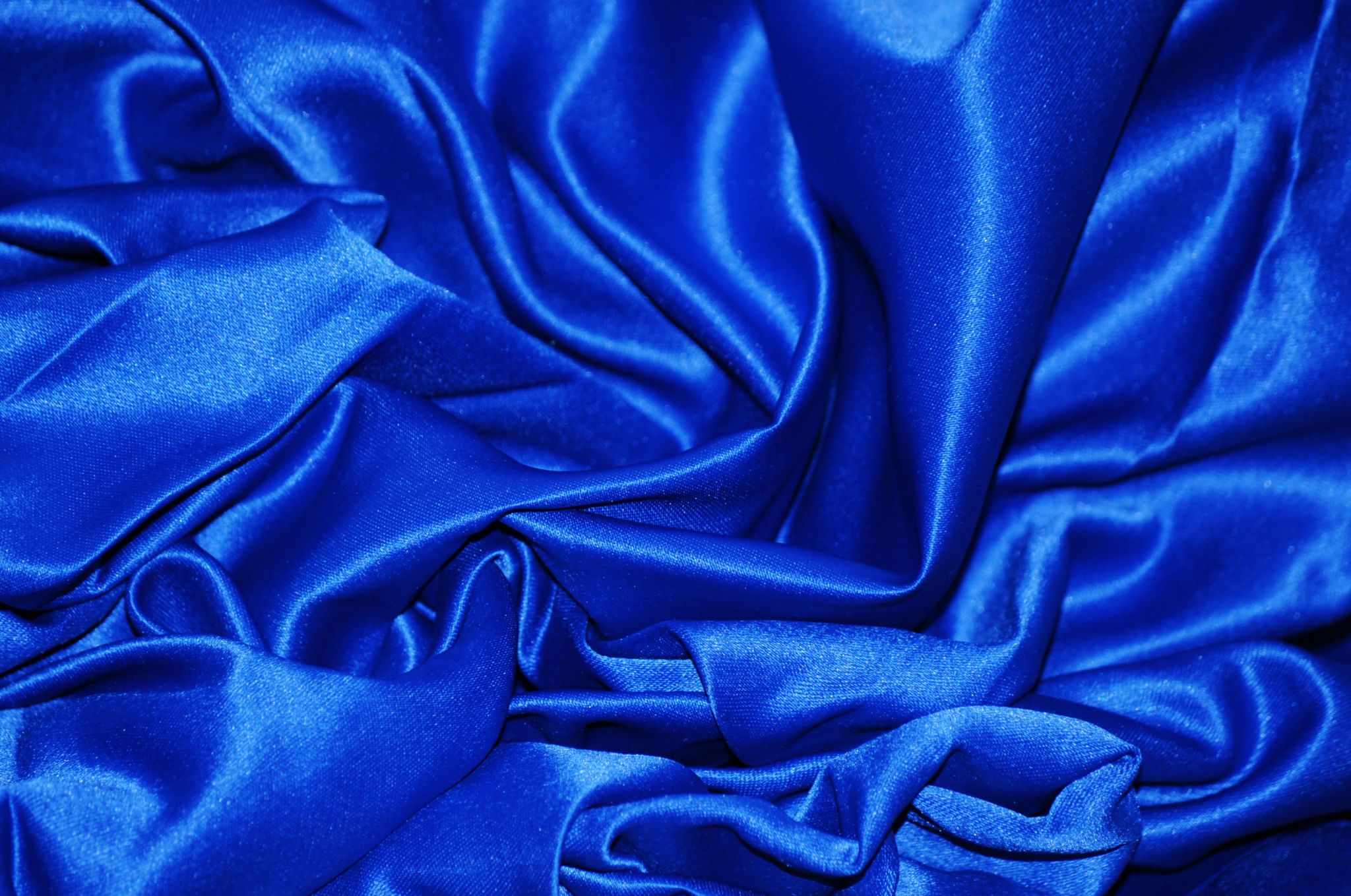
We give strong unconscious reactions to different colours, therefore – knowingly or unknowingly – we are bombarded by “colour-coded” stimuli many times a day. I have a passion for colours since my very early teenage years. I even aspired to be an artist for a while, but then I finally chose psychology and for several years after graduation I was involved in a research dealing with the symbolism of colours. In this series, I would like to share this passion with you by having a closer look at the meaning of one colour at a time.
After exploring the meaning of red we continue our journey with the most universally liked colour, the coolest of the spectrum, blue, which is also one of the three basic colours (red, blue and yellow).
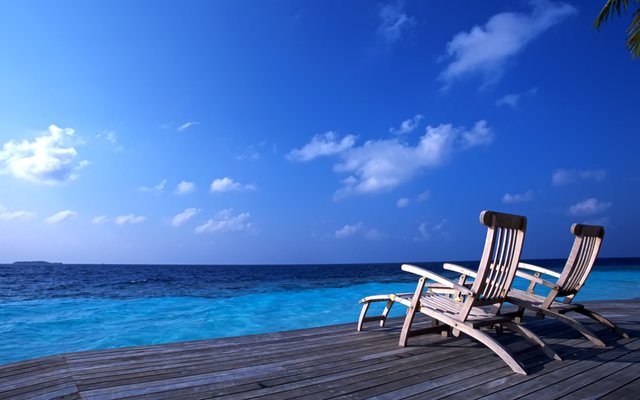
Blue is peaceful
This colour represents complete calmness, peace and tranquillity. It promotes rest and relaxation, as it has a pacifying effect on the central nervous system. Being exposed to blue colour or blue light will decrease blood pressure as well as pulse and respiration rate and slows down metabolism. Blue has a positive effect on our body’s self-protective mechanisms, our immune system, it helps to “recharge our batteries”, relax mentally and physically and get rid of our tensions after a tiring period.
Empathy, aesthetic experience and a kind of meditative awareness are also associated with the colour blue. (Schelling mentions in his Philosophy of Art that “silence is the proper condition of beauty, like the calm and untroubled sea”.)
Well, knowing this, it is not a mystery anymore why many of us prefer to have a good summer vacation near the sea. The clear blue sky reflected in the endless salty water is a perfect and very enjoyable way to expose ourselves to blue colour.
Couple of years ago I was visiting a Chinese doctor, who treated me with acupuncture. He was positioning his needles very precisely and then I had to lay down for half an hour. Before he left me resting with the needles all around in my body, he always told me: “think of something nice and blue” – now I know: this was his instruction to meditate and relax.
Are you on a diet or planning to lose some weight? Well, besides going to fitness classes and reducing calories, you can use blue as well. As an addition to the relaxing and soothing effect of this colour, many say that it also supresses appetite (there aren’t many natural foods in blue colour anyway). Well, one can never know, at least you can try standing in front of the mirror at the gym in a blue T-shirt or serve your salad on a blue plate…
For the very same reason, blue is not really a good choice if you are designing the interior for a restaurant or planning a packaging for food. Remember: it takes away appetite!
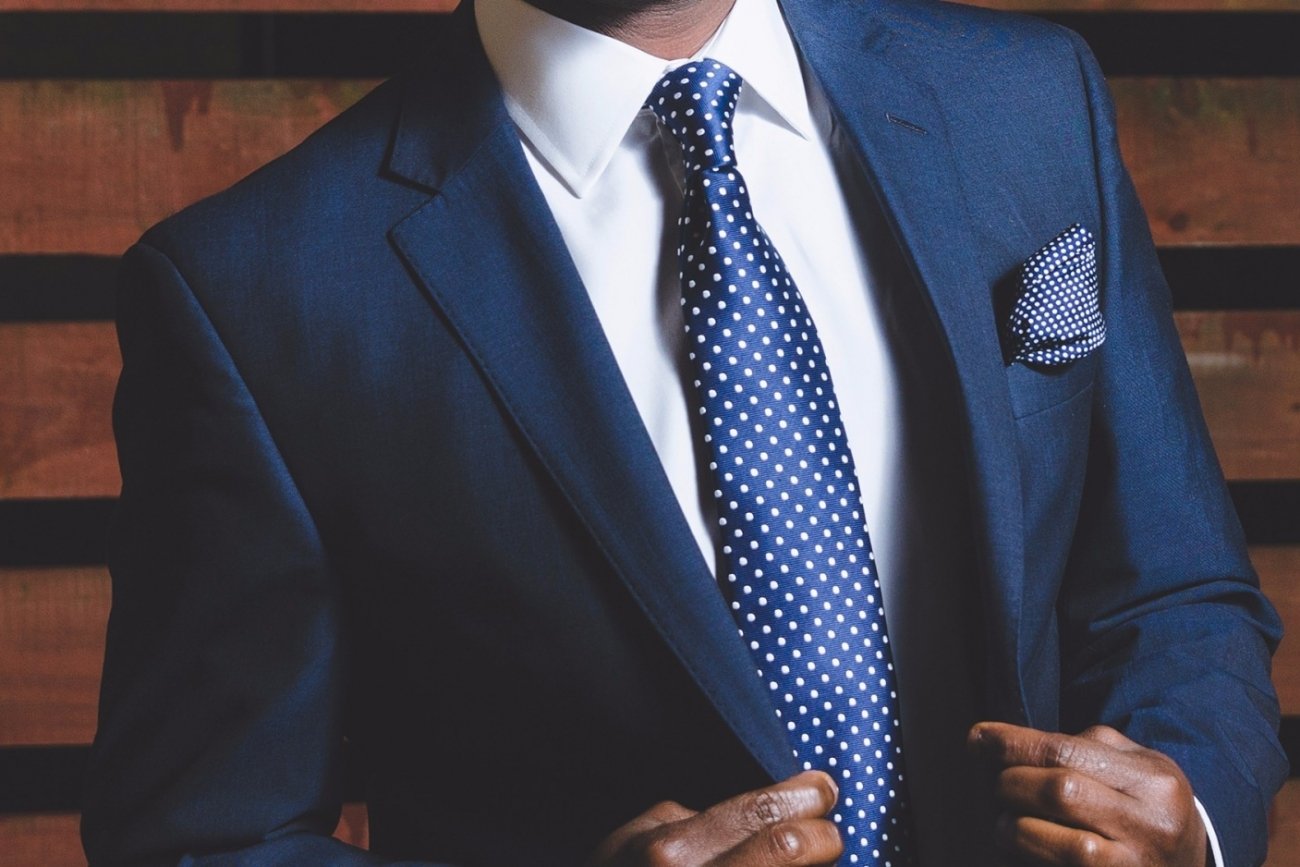
Blue is reliable
Blue symbolises our close bonds and sense of belonging. Blue means loyalty, responsibility, honesty, our most important relationships; this is the territory, where we are most vulnerable, where we express our deepest feelings. Blue symbolises the helper, the rescuer, the giver.
Research shows that people appearing in blue suits/dresses or having a blue car seem more trustworthy and reliable than others wearing different colours. So if you just want to win that negotiation, wear a blue suit with a red tie (see my previous post on red)!
Many people have a fear of flying and to fight against this many airlines, for example Continental, KLM and JetBlue have incorporated colour blue into their corporate identity. They suggest reliability, stability, cleanliness, safety, and peace. JetBlue even includes it its name. Also, the interior of many airports and aircrafts has lots of blue.

Blue is intelligent
Blue is the timelessness of eternity, it depicts tradition and lasting values, this is a very conservative colour, many etiquettes suggest wearing the darker shades of blue at official programmes.
This colour represents intelligence, wisdom, spiritualism and devotion, as well as oral communication and the expression of clear thoughts. This is the colour of competence and the self-confidence arising from that (this is obviously not the same as the confidence originated from dominance as we saw with red, it is some sort of “calm authority”).
Dark blue police uniforms and the corporate blue “power suit” can also send this message: I am confident, I am competent, I follow rules and strict values.
Many companies choose blue as their corporate colour, this is the most commonly used colour in corporate identity. A lot of companies where competence, reliability, intelligence and precision are important corporate values also choose this colour, like IT and engineering companies (HP, GE, IBM, Phillips, Samsung, Knorr-Bremse).
It has been proven that blue colour can improve concentration, stimulate thinking and provide mental clarity – an ideal colour for interiors at schools and workplaces!
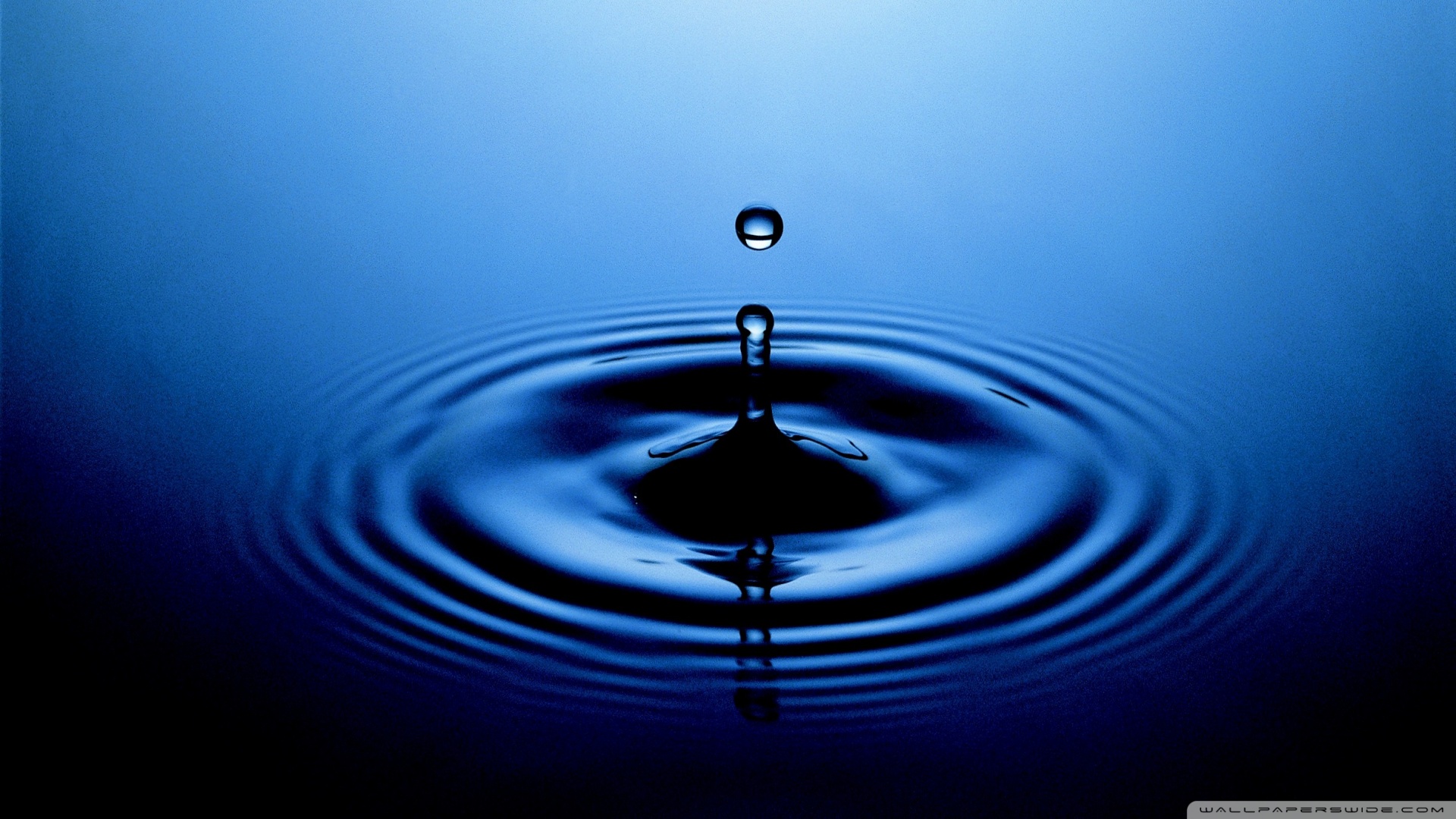
Blue is clean
Blue means purity, health, transparency and cleanliness, that’s why many products, where this feature is important use a blue design (mineral waters, medicines, sanitary products stc.). Especially light blue represents health.
It is thought that blue coloured energy can help us to stay healthy and fight infections.
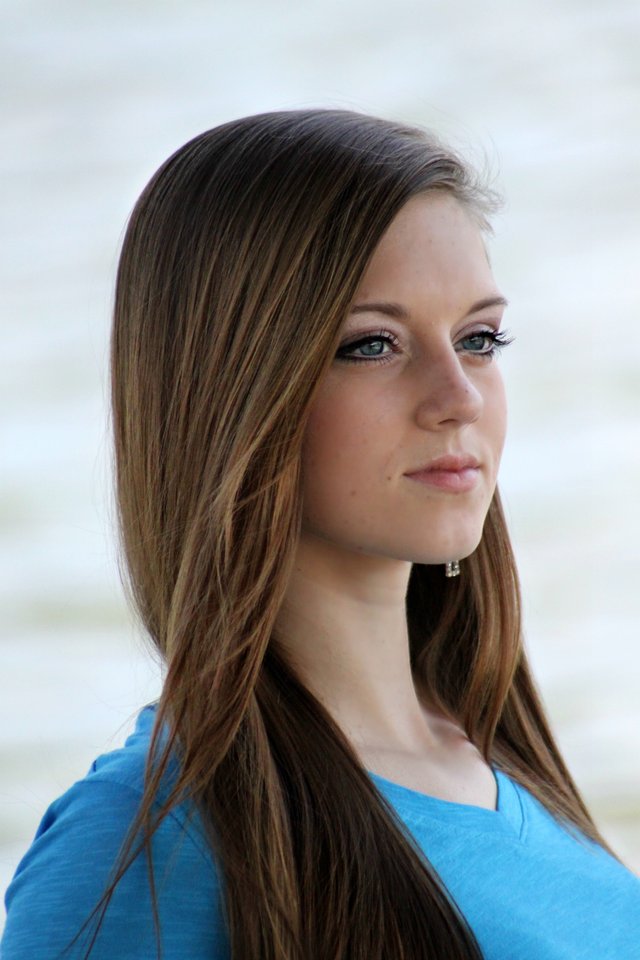
What does blue tell about you…
People choosing blue as their favourite colour (which is quite frequent are probably conservative and trustworthy, they take their responsibilities seriously. They are organized, orderly and prefer to set “rules” for themselves (and they expect it from others as well). They do not like hectic changes and don’t like to be rushed. On the contrary, they prefer to prepare well, analyse options and work out plans for themselves.
They are persistent and diligent in their endeavours and are keen on quality and fine details.
They have a deep need for peace and harmony in their everyday life, they are loving and caring, but do not like to be in the limelight. Unless they are under extreme pressure they are quite even-tempered and calm.
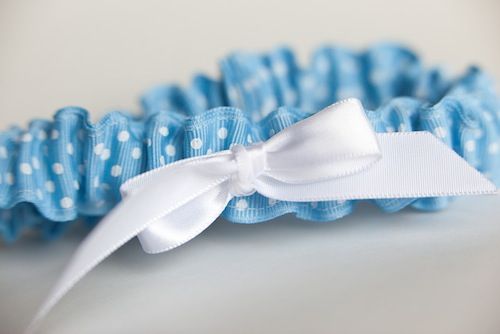
Blue in different cultures
- In Iran and in Korea, blue is the colour of mourning.
- In the Western European tradition brides usually tend to wear something blue to represent love and have a happy marriage.
- In Greece, Turkey and many other countries thy believe that blue wards off the evil eye.
- The Indian God Krishna has blue skin. Actually, in many cultures blue colour is related to skin. (Modern psychology has also something to do with it: blue colour represents close bonds and the deep feelings associated with them. If somebody has psychosomatic skin problems, like psoriasis, psychologists often start to inquire about relationships, because in many cases it is a sign of having problems in that area of life.)
- In ancient Egypt, lapis lazuli, a beautiful blue gemstone, represented heaven.
- In Christian symbolism the battle between heaven and earth is usually depicted as the opposition of blue and white against red and green (e.g. on many paintings about the battle of St. George and the dragon). Also, the blue colour on Virgin Mary’s clothes is also a purity symbol.

Interesting facts about blue
- What is strange on this picture?
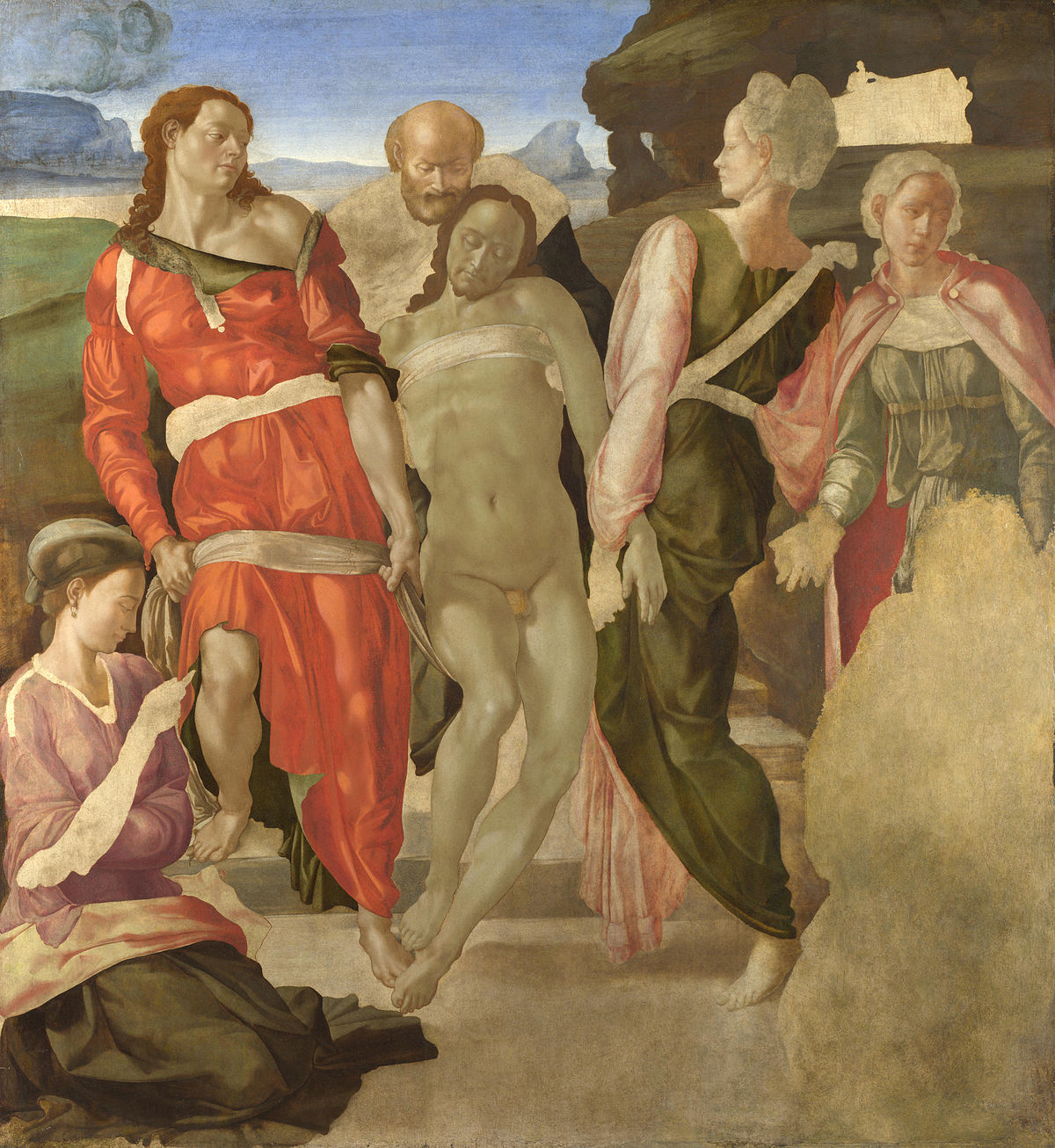
This is one of Michelangelo’s paintings, The Entombment from 1501. It is beautiful, but have you noticed the odd blank section in the bottom-right corner? Experts say that he originally wanted to paint a kneeling Virgin Mary in that spot. The problem was that Mary is traditionally depicted wearing blue, but at that time blue pigment was so expensive that he probably could not afford it.
The most beautiful, deep blue paint is extracted from lapis lazuli, a rare semiprecious stone, but the process is very complex, because they have to remove impurities, like calcium carbonate first.
The earliest use of blue can be found on two enormous Buddha statues carved into the side of a cliff in Bamiyan in the sixth century AD. (Now this territory belongs to Afghanistan and sadly the Taliban destroyed them in 2001.)
The indigo blue dye is extracted from a weed called glastrum, the Scottish used it frequently before battles (like in the movie Braveheart). And there was a very logical reason behind this tradition: the juice of the weed had an antiseptic effect! So if a man was wounded in the battle, the blue paint could probably reduce the possibility of infection.
Aristocracy is blue-blooded in all European languages.
Blue is associated with the 5th chakra, most often referred to as the throat chakra, which is the centre of communication. This chakra governs the vocal cords, esophagus, the neck, shoulders and arms, mouth, teeth and cervical vertebrae of the spine.
Blue means sadness, depression and negative feelings, too. In English they even use the expression “feeling blue” for these kind of energy-deprived states. The term “blues” also refers to a calm, but a little bit sad style in music.
If you are interested, here you can read the previous parts in this series:
Introduction
Fiery Red
Golden Yellow
Forest Green
Vivid Orange
Royal Purple
Chocolate Brown
Baby Pink
Literature used
- Max Lüscher: „The Lüscher Colour Test", Remarkable Test That Reveals Your Personality Through Color
- Max Lüscher: „The 4-Color Person"
- Max Lüscher, „Colors of Love" : Getting in Touch with Your Romantic Self
- Victoria Finlay: Colour: Travels Through The Paint Box published in North America as Color: A Natural History of the Palette
- The Herder Dictionary of Symbols: symbols from art, archaeology, literature and religion
- http://www.empower-yourself-with-color-psychology.com/color-blue.html
- http://www.empower-yourself-with-color-psychology.com/personality-color-blue.html
- https://www.bourncreative.com/meaning-of-the-color-blue/
- http://www.color-wheel-pro.com/color-meaning.html
- https://www.color-meanings.com/blue-color-meaning-the-color-blue/
- https://www.colormatters.com/the-meanings-of-colors/blue
- https://www.fatrabbitcreative.com/blog/psychology-of-the-color-blue-and-what-it-means-for-your-business
- http://www.biblemeanings.info/Words/Colour/Blue.htm
- https://zevendesign.com/color-association/#blue
Odd side-note, but the reason for the term "blue bloods" actually has to do with the use of Colloidal Silver, one of the earliest antibiotics. Well, although in the 19th century it became a common practice to fight infection with colloidal silver, due to it's high price, only the rich aristocracy could afford such a high-priced treatment. Even before it became a common practice to treat with colloidal silver, rich families often owned a lot of silver utensils and wares for food, and would end up ingesting a decent amount of silver. That silver turned their skin blue, usually only in areas closest to blood vessels, but in some cases it would be visible in the face, eyes, and mucous membranes. and so the rich aristocracy became known as "blue bloods".
https://en.wikipedia.org/wiki/Argyria
Oh, that's really a good addition I did not think about.... Many thanks!!!
with this lovely post you making me want to switch my favorite color for Blue.... perhaps i will look out for buddies with blue as their favorite color.
thanks for sharing anyway.
:-)
Seems to be a great idea!
Thanks for the nice words...
Oh, what an interesting post. This is the first I read and I like also because blue is my favorite color( I love the sea and the sky and now I understand more why). I've learned a lot about blue, thank you!
Thanks :-)
Same with your study your post is also very fascinating. Its remarkable how colors in its wide spectrum could be integrated with psychology. Colors would elicit different types of impulses and reactions because of its visual characteristics. Pls let me resteem this. Thank you.
I have the pleasure, thanks a lot!
Your welcome. Looking forward to reading amazing blogs again in your site.
blue gives confidence.good post.
Thx :-)
blueish attracts, you have explained it with psychological perspectives, its educational
Thanks a lot!
Great post. I've always found the psychology behind using different colours and how they influence us very interesting. I'll go read the rest of your series on colours right away.
Many thanks, I love this topic!
This is marketing 101 right here ;)
Besides a big thank you for the mental refresher on the topic, I had no clue of the Michelangelo fact, very interesting. These little odd things that makes art so beautiful and complex.
Otherwise, if you're into travelling, vlogs, fitness, self-development etc feel free to check out my channel, in any case keep up the good work and I'll see you around! :)
Many thanks, I'll check out your blog, too :-)